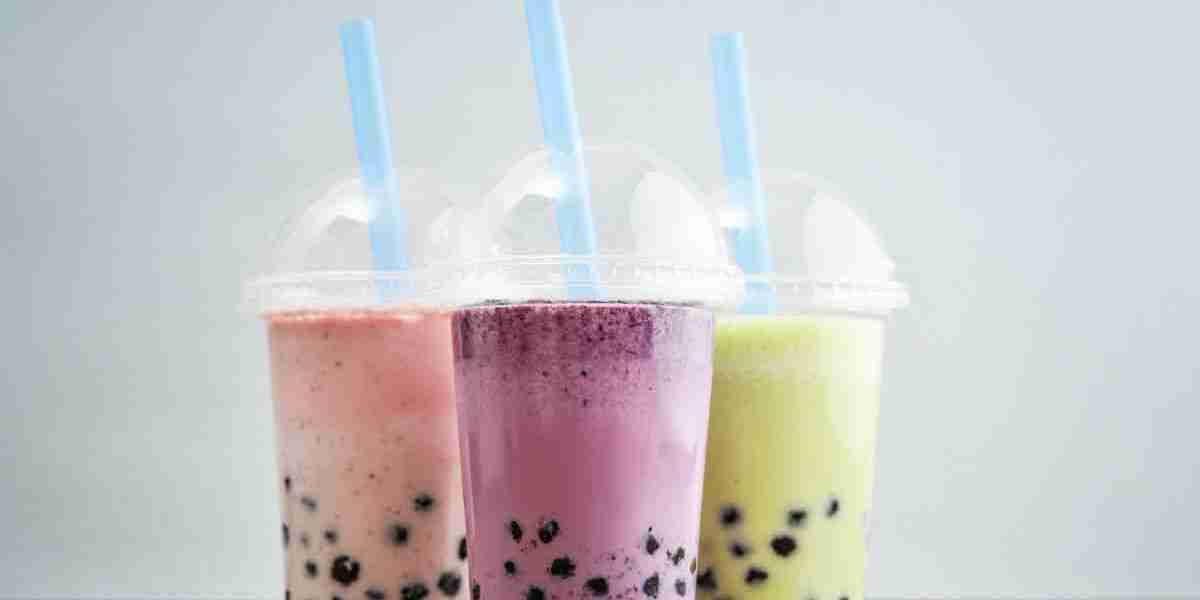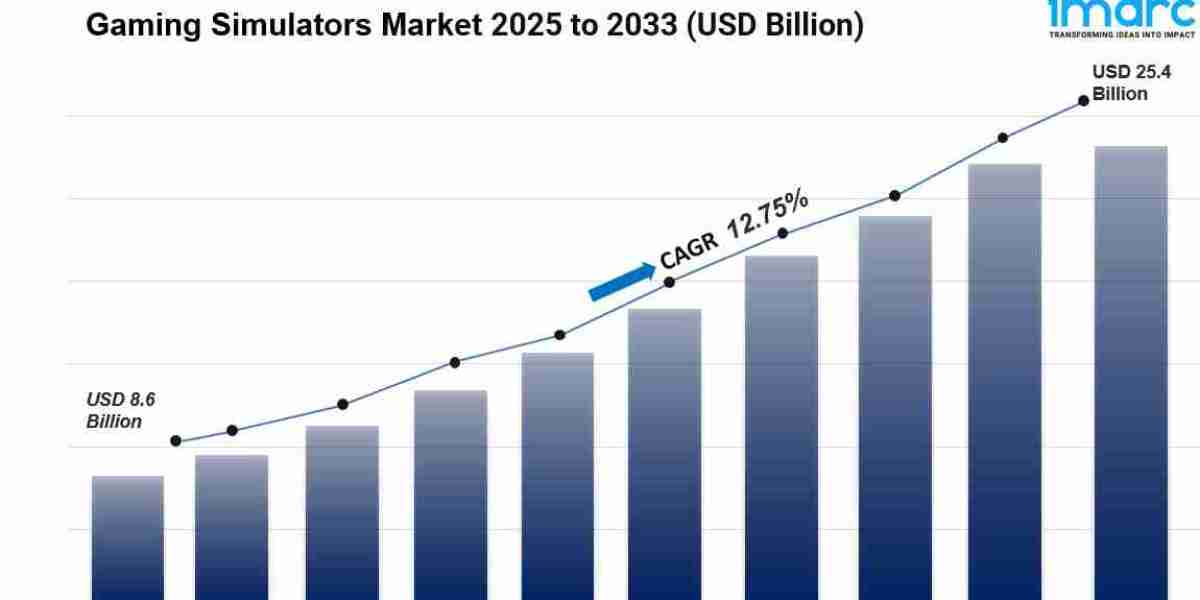The Australian bubble tea market was valued at AUD 98.63 million in 2024, owing to the growing popularity of specialty teas among students and working-class people. The market is projected to expand at a compound annual growth rate (CAGR) of 10.20% from 2025 to 2034, to reach AUD 260.51 million by 2034, driven by the low prices and a consistent shift in consumer preferences from traditional teas to more exciting, flavored variations. As Australia’s bubble tea market continues to evolve, it has become a popular choice for those seeking unique and refreshing drink experiences, with an emphasis on customization, creativity, and innovation in flavors.
The Rise of Bubble Tea in Australia
Bubble tea, also known as boba tea, originated in Taiwan in the 1980s and has steadily gained traction worldwide. In Australia, the beverage has become a fashionable and social drink of choice for younger generations. Its rapid growth is fueled by the appeal of its chewy tapioca pearls, refreshing flavors, and customizability. With a wide variety of flavor options such as classic milk tea, fruit teas, and matcha, combined with the ability to adjust sweetness levels, ice, and toppings, bubble tea offers something for everyone, attracting a diverse consumer base.
Students, young professionals, and the working-class population are driving much of the demand for bubble tea in Australia. The drink’s affordability, unique taste, and Instagram-worthy appeal have made it a go-to beverage for social gatherings, study sessions, and casual outings. As the market continues to grow, bubble tea establishments are spreading across the country, and major cities like Sydney, Melbourne, and Brisbane are seeing a burgeoning presence of bubble tea shops, offering a dynamic range of options to cater to consumer preferences.
Key Drivers of Growth in the Australian Bubble Tea Market
Rising Popularity Among Younger Consumers
The increasing appeal of bubble tea is largely driven by its popularity among younger Australians, particularly Generation Z and Millennials. These age groups are more open to trying new and exotic food and beverage trends, and bubble tea offers them an exciting, customizable, and Instagrammable drink. Social media platforms, especially Instagram and TikTok, have played a key role in promoting bubble tea culture, further driving its visibility and attracting new customers. As younger consumers continue to embrace this trend, the market is expected to experience substantial growth in the coming years.Shift from Traditional to Flavored Teas
As Australian consumers’ tastes continue to evolve, there is a noticeable shift away from traditional beverages like coffee and regular tea toward more novel drinks such as bubble tea. Flavored teas, in particular, have gained traction due to their refreshing nature and the variety of ingredients that can be combined to create a unique taste profile. The option to customize the level of sweetness, choice of milk (including dairy-free alternatives), and the type of chewy pearls or other toppings adds an element of fun and personal preference to each drink. This shift toward flavored teas has positioned bubble tea as a key competitor in the growing non-alcoholic beverage sector.Affordability and Accessibility
Another significant factor contributing to the growth of the bubble tea market is its affordability. With relatively low prices compared to other specialty beverages, bubble tea offers an accessible treat for consumers across various income levels. The average cost of a bubble tea is typically affordable for students and working professionals, making it an attractive alternative to expensive coffee or smoothies. The widespread availability of bubble tea shops in urban areas further enhances consumer convenience, allowing more people to enjoy the drink.Health and Wellness Trends
While bubble tea has often been viewed as a sugary indulgence, many consumers are now seeking healthier alternatives to traditional options. Some bubble tea chains have responded by offering lighter versions of their drinks, such as reduced-sugar, low-calorie, or even fruit-based options that cater to health-conscious customers. The introduction of plant-based milks, organic ingredients, and nutrient-rich toppings such as aloe vera or chia seeds has also contributed to the evolving appeal of bubble tea. This shift towards healthier options aligns with the growing consumer demand for products that support overall wellness without compromising on taste.Cultural Influence and Globalization
The rise of bubble tea in Australia can also be attributed to the influence of global food and beverage trends, especially from Asia. The multicultural nature of Australian society has allowed for the easy integration of bubble tea, particularly in cities with large Asian communities. This cultural exchange has introduced Australians to the diverse and exciting world of bubble tea, inspiring local businesses to adopt the drink and incorporate it into their offerings. The market’s growth is further supported by the continued globalization of food and beverage trends, making international products like bubble tea more accessible and accepted by a broader audience.
Popular Trends Within the Australian Bubble Tea Market
Variety of Tea Bases
One of the key attractions of bubble tea is the ability to customize the drink’s base. While black tea and green tea remain the most common choices, many consumers are now opting for alternatives such as oolong tea, matcha, and jasmine tea. These diverse options appeal to different taste preferences and allow bubble tea shops to offer a more expansive menu that caters to a wide variety of customers. The addition of premium tea leaves and artisanal brewing methods has also contributed to the market’s growth, enhancing the overall quality and appeal of the beverages.Innovative Toppings and Add-Ins
The toppings in bubble tea play a pivotal role in the drink’s experience, and Australian consumers are increasingly experimenting with a wide range of toppings beyond traditional tapioca pearls. New options such as fruit pearls, popping boba, grass jelly, red bean paste, and coconut jelly provide exciting textures and flavors, adding to the drink’s customization potential. This versatility ensures that bubble tea remains fresh, dynamic, and appealing to an evolving consumer base.Seasonal and Limited-Time Offerings
Bubble tea establishments often create seasonal or limited-time offerings to keep customers engaged and excited about trying new flavors. Whether it’s a festive holiday drink, a collaboration with local flavors, or a creative seasonal special, these limited-time offerings encourage consumers to return frequently in search of unique and exclusive drink experiences. Seasonal variations, such as pumpkin spice bubble tea in autumn or tropical fruit options in summer, have helped maintain interest in the category.Online Orders and Delivery Services
In response to the growing demand for convenience, many bubble tea shops have integrated online ordering and delivery services into their business models. The popularity of food delivery platforms such as Uber Eats, Deliveroo, and Menulog has allowed bubble tea to reach an even wider audience, particularly for those who prefer to enjoy their beverages from the comfort of their own homes or offices. This trend has contributed to the continued expansion of the bubble tea market, making it more accessible than ever before.
Challenges Facing the Australian Bubble Tea Market
Sustainability Concerns
As with many food and beverage industries, sustainability has become an important issue in the bubble tea market. The use of plastic cups, straws, and other packaging materials has drawn concern from environmental advocates. Many bubble tea businesses are responding by offering more sustainable packaging options, such as biodegradable cups and reusable straws, in an effort to reduce waste and meet the demands of environmentally conscious consumers. However, balancing convenience with sustainability will remain a challenge for the industry moving forward.Health Implications of High Sugar Content
Although bubble tea is widely enjoyed for its sweet taste, it is often criticized for being high in sugar and calories. With rising health awareness among consumers, particularly those concerned about obesity and diabetes, there is growing pressure on bubble tea providers to offer healthier alternatives. Many bubble tea shops are now offering sugar-free or low-sugar versions, but finding the right balance between flavor and health-consciousness remains an ongoing challenge.
Future Outlook for the Australian Bubble Tea Market
The future of the Australian bubble tea market looks promising, with significant growth expected over the next decade. The market is projected to expand at a CAGR of 10.20% from 2025 to 2034, reaching AUD 260.51 million by 2034. As consumers continue to seek new and exciting beverage experiences, bubble tea is likely to maintain its place as a favorite drink choice, particularly among younger demographics.







